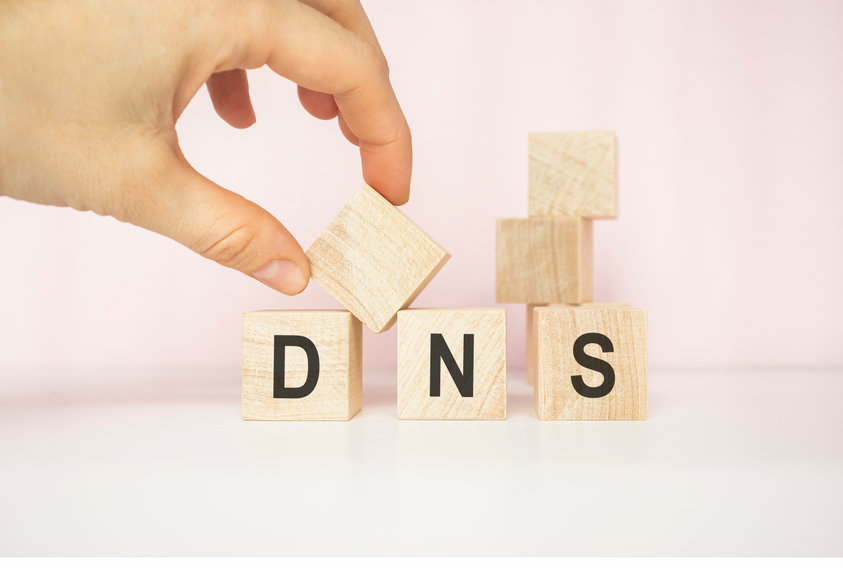What is DNS?
The DNS (Domain Name System) is a decentralized system with a strict hierarchical structure for naming devices and services on the Internet and private networks. It is an essential part of how today’s global connected network, the Internet, works.
It is responsible for directing queries for a particular domain name, like goolge.com, through all the nameservers of different levels that know where the imputed domain name is located. It helps us by answering our domain name queries with the IP address of the host (IPv4 or IPv6 or both).
It also finds services, verifies them in different ways, links different domain names, points to servers, redirects, and, in general, makes our lives a lot easier when using the Internet.










